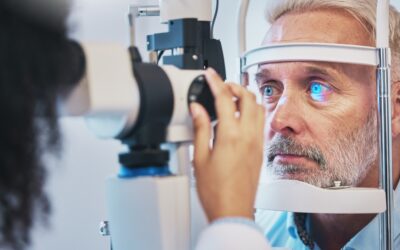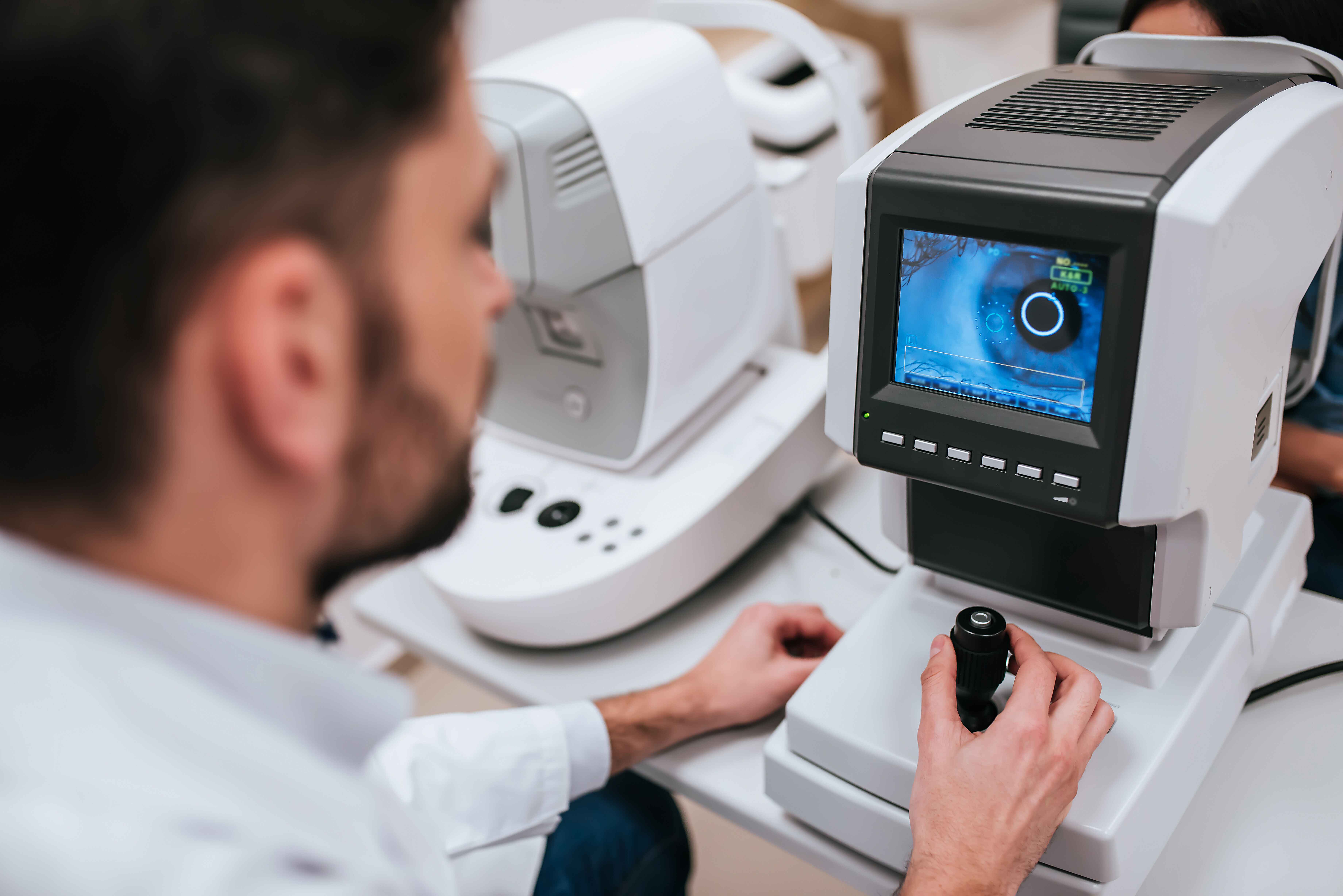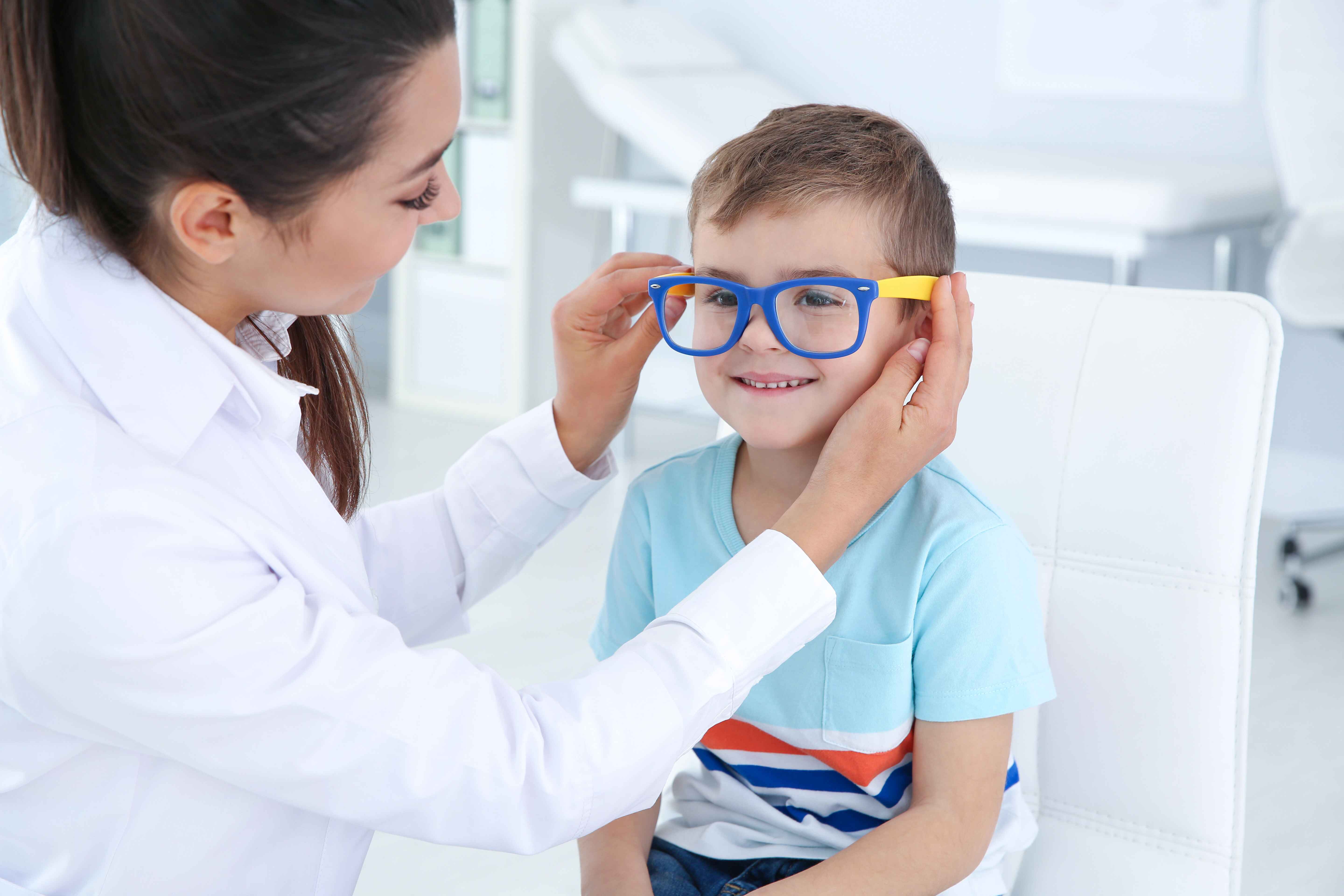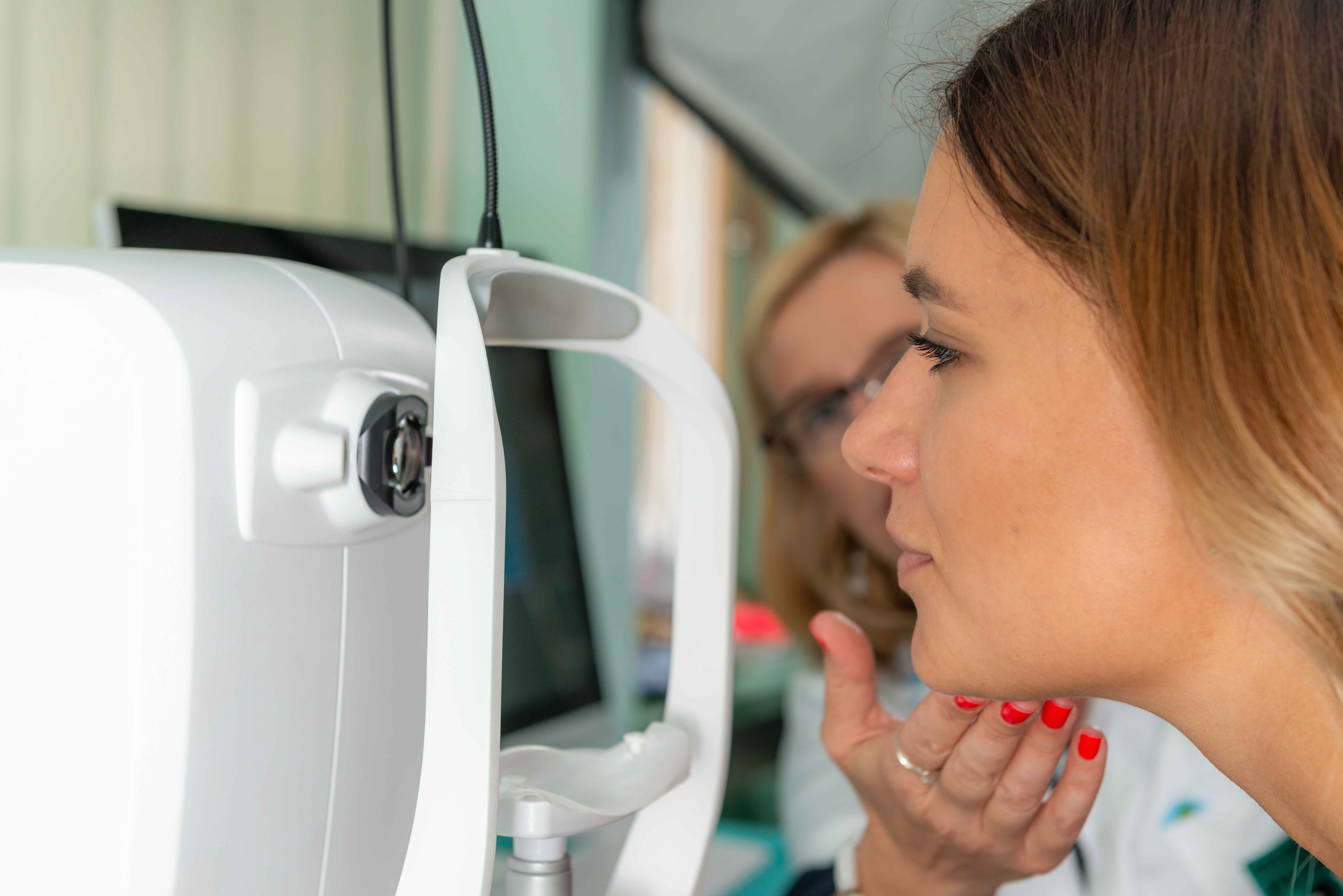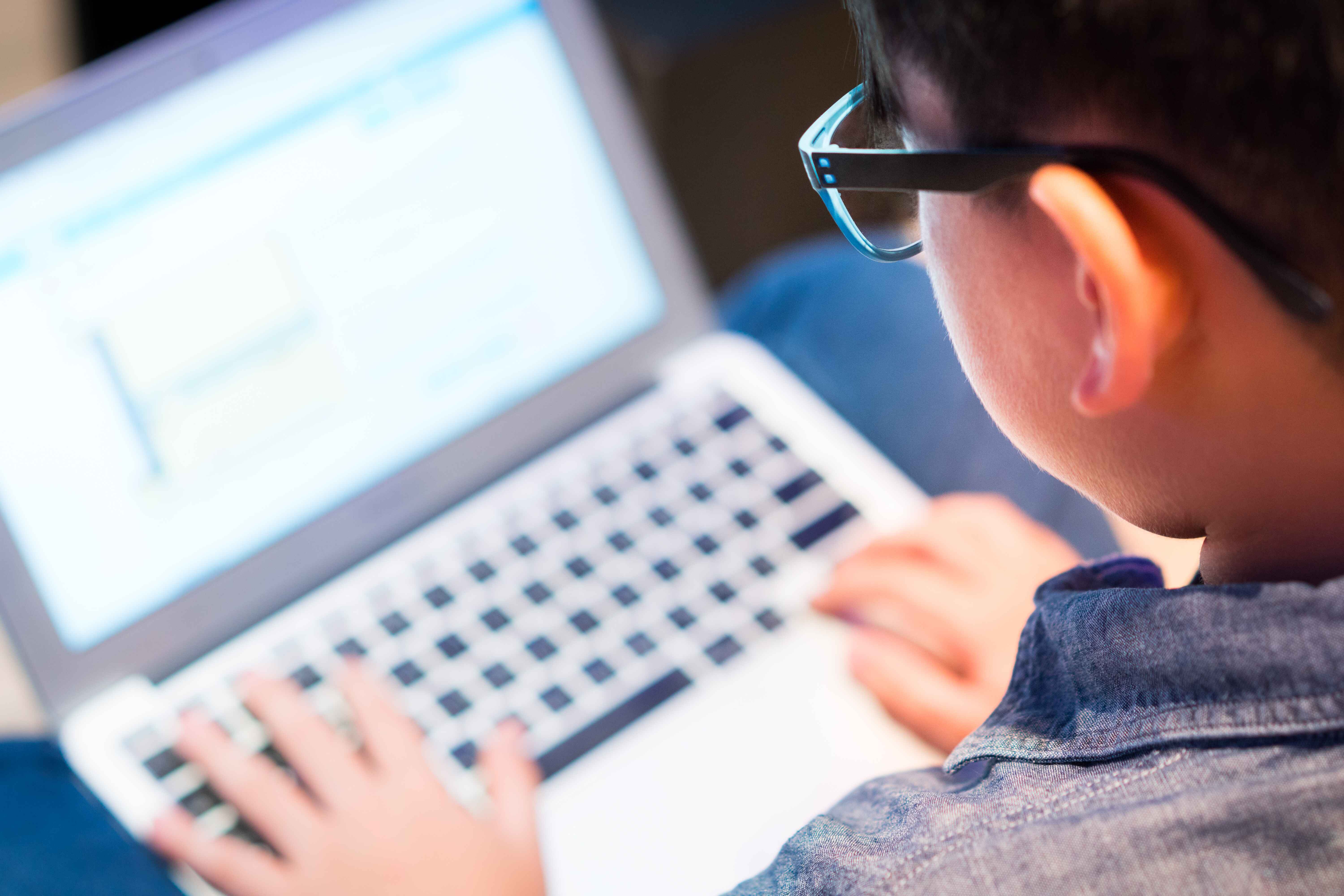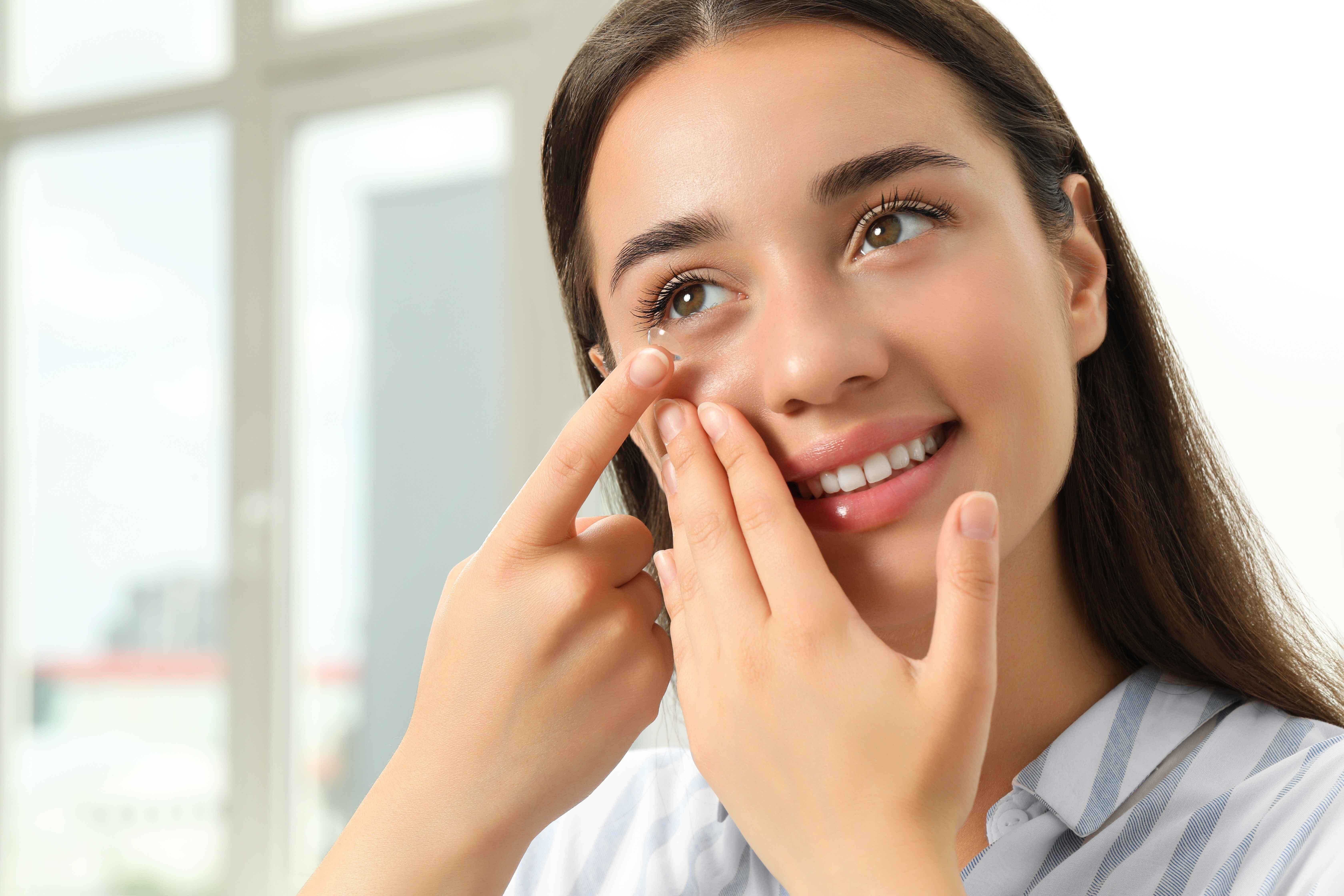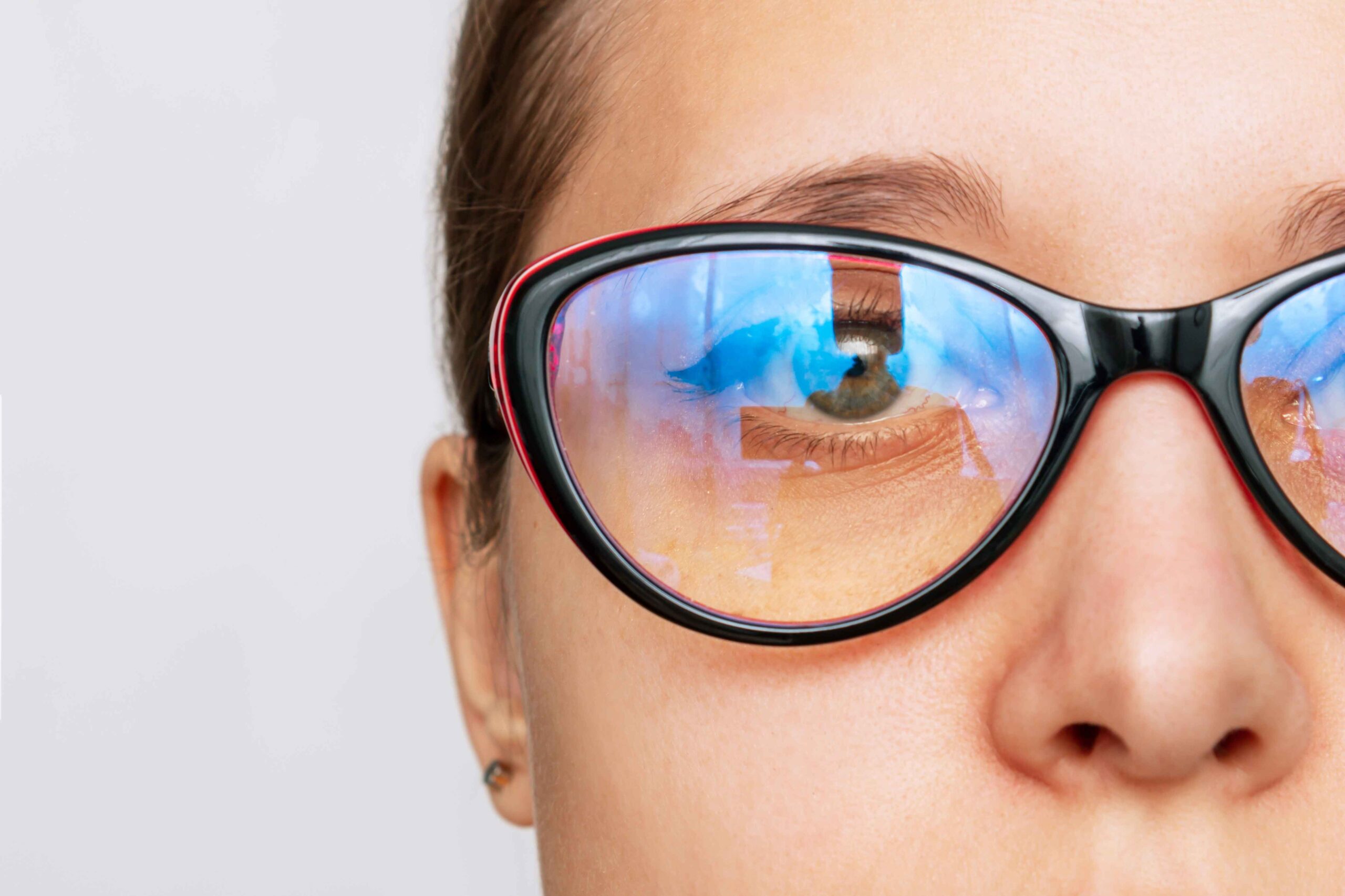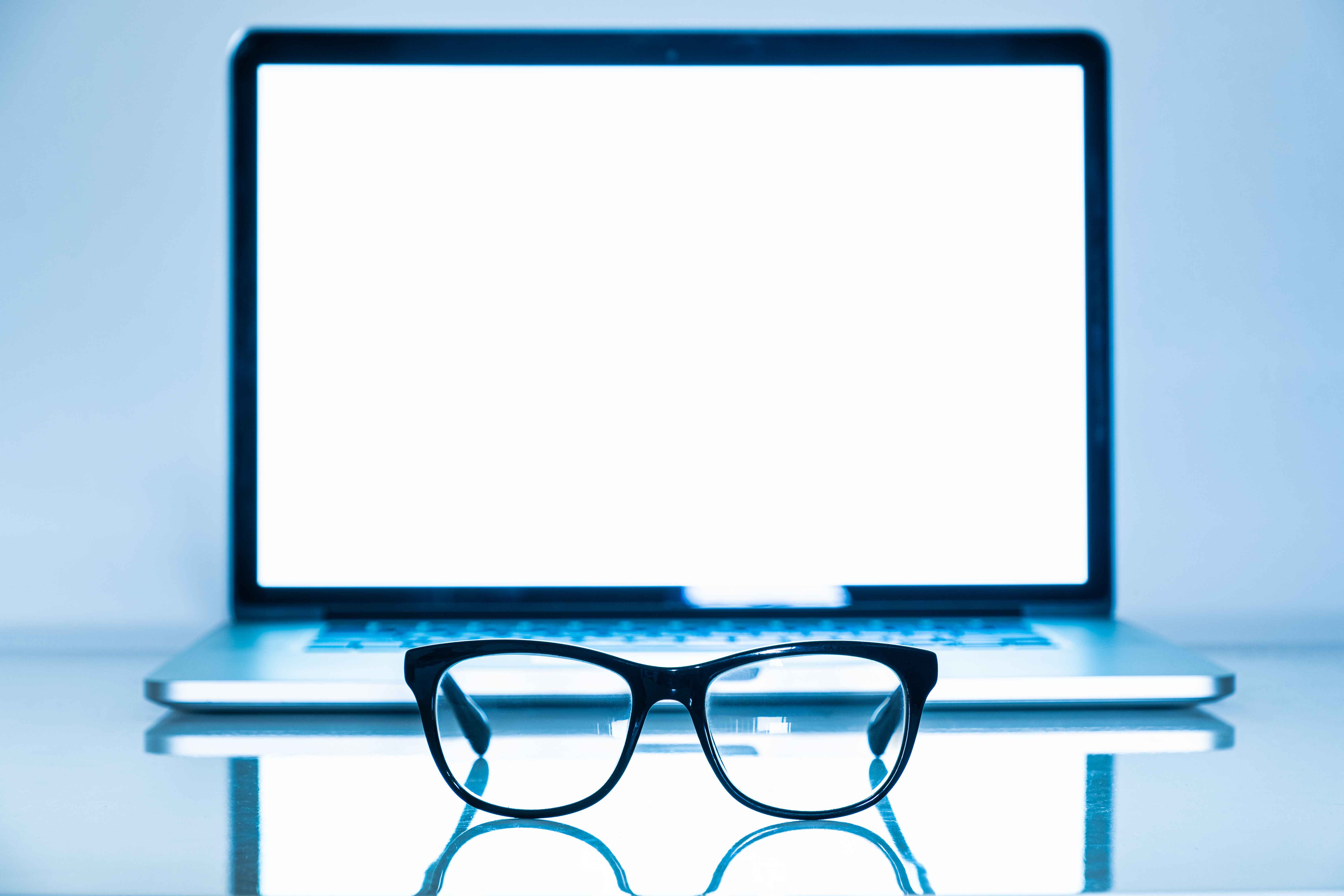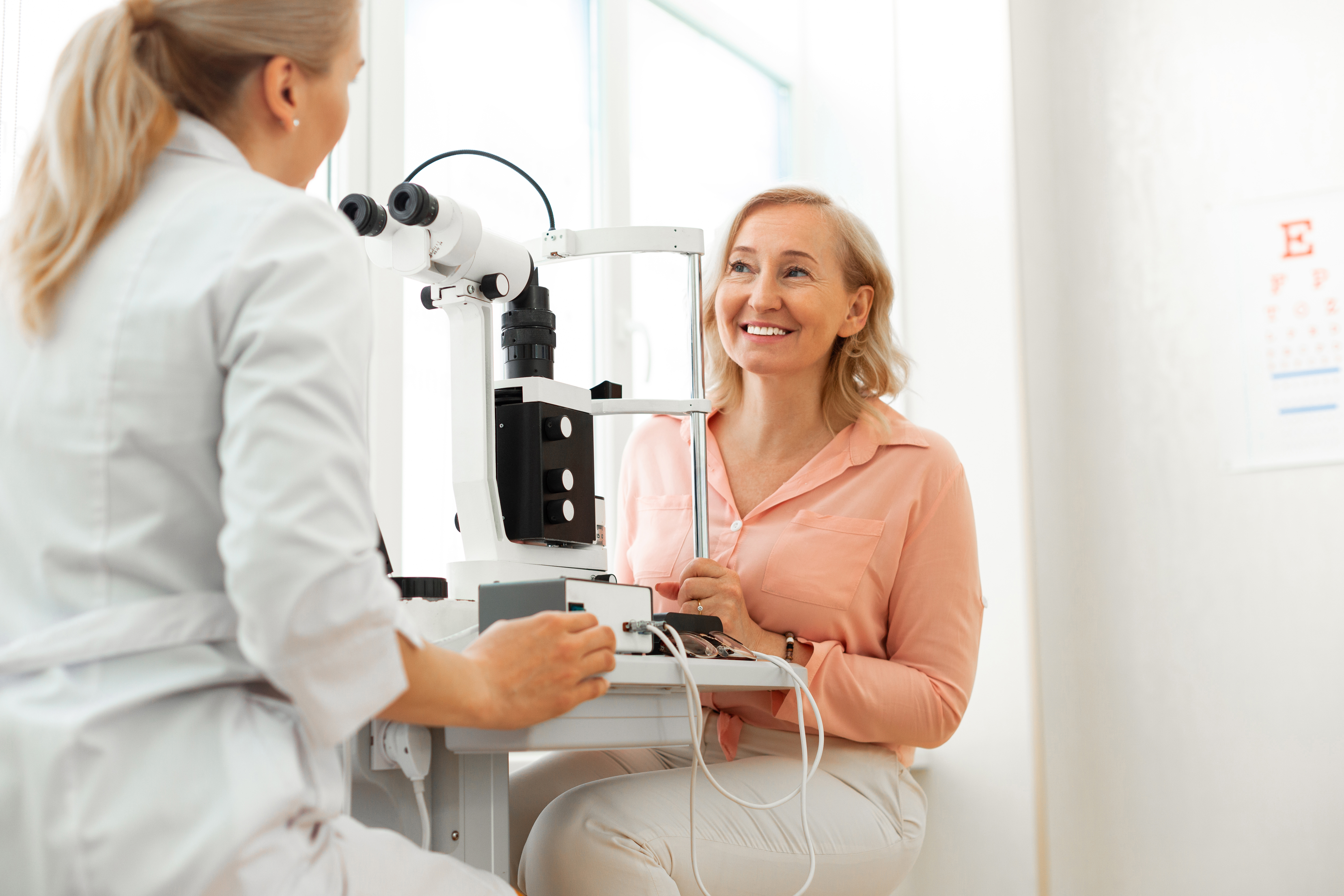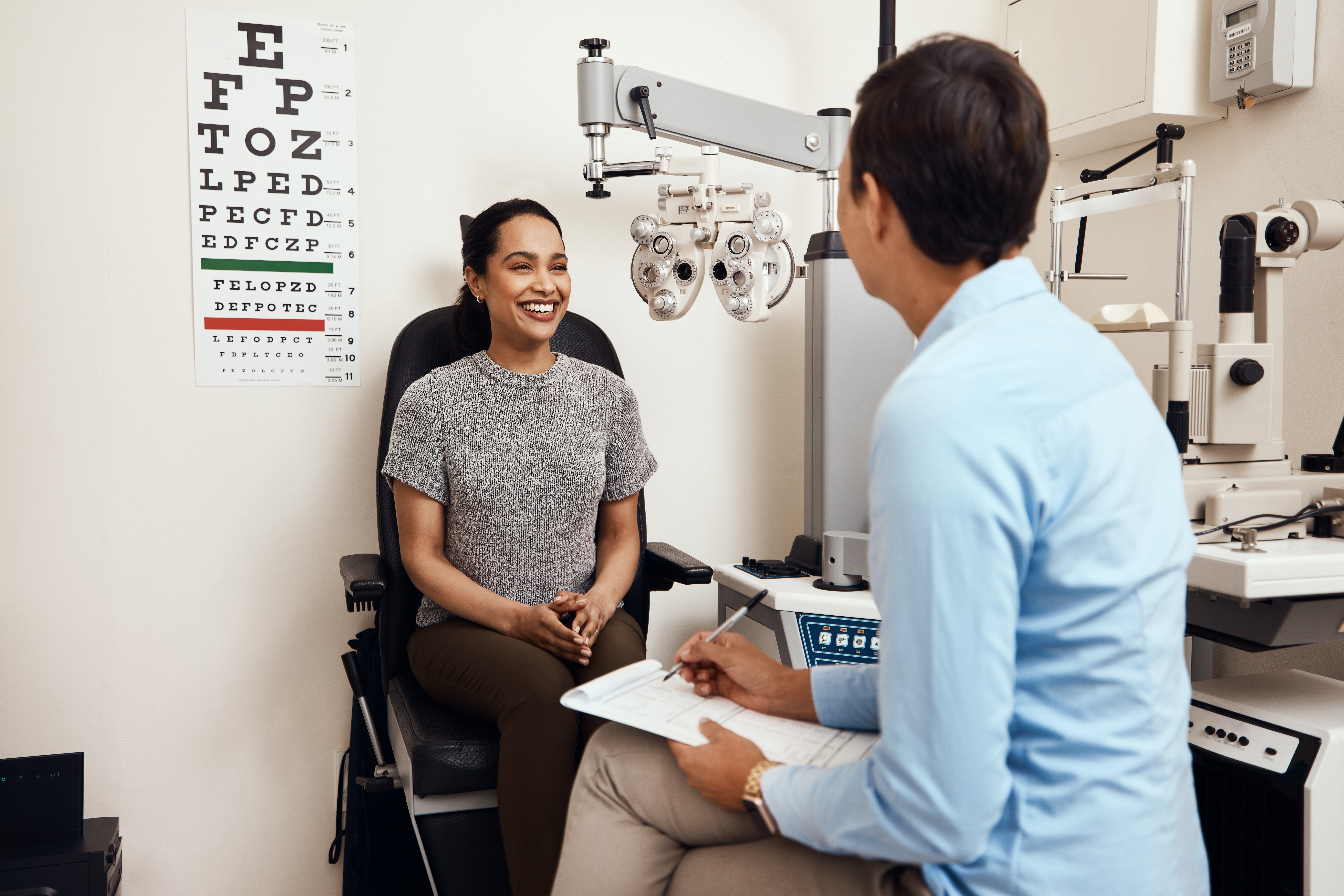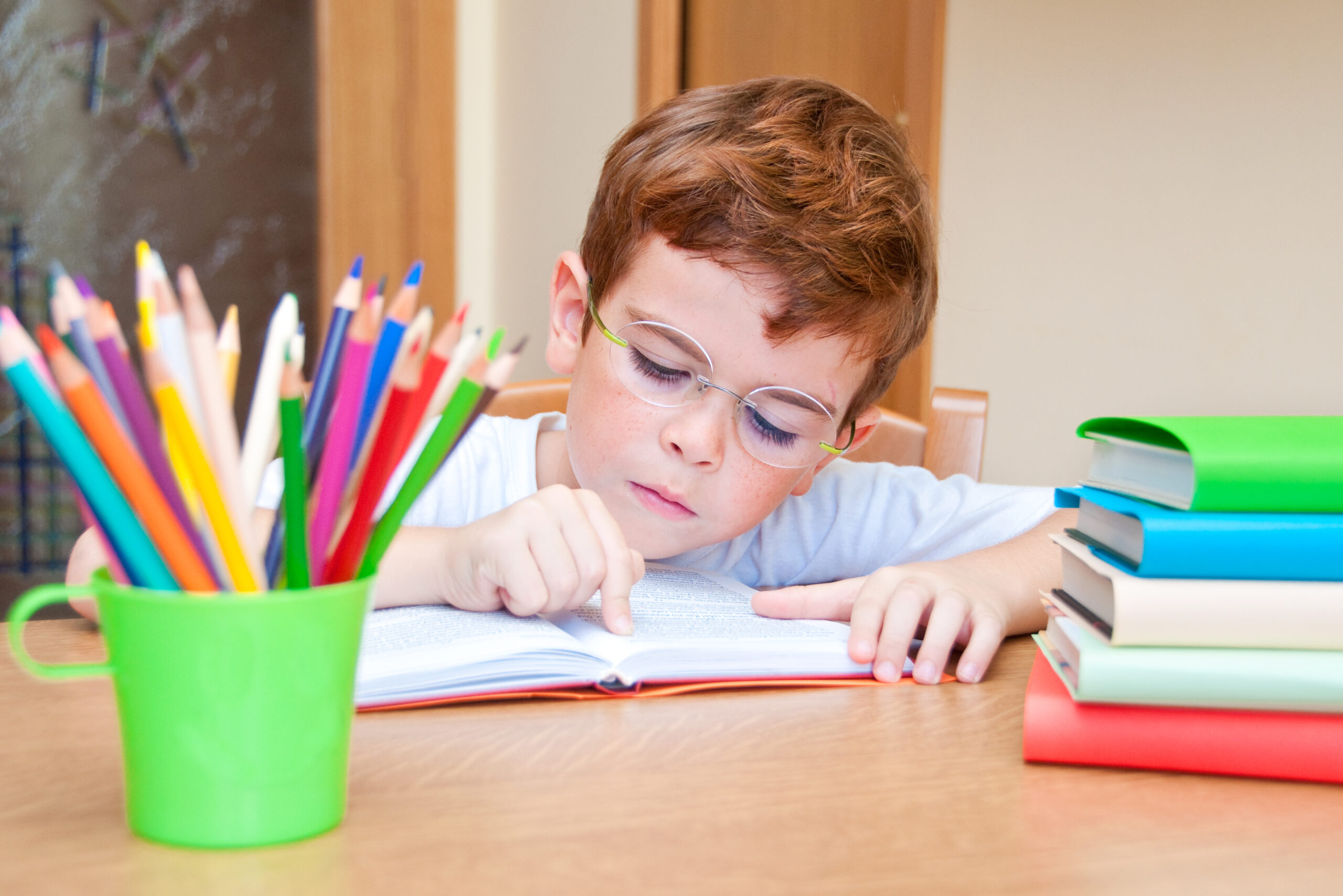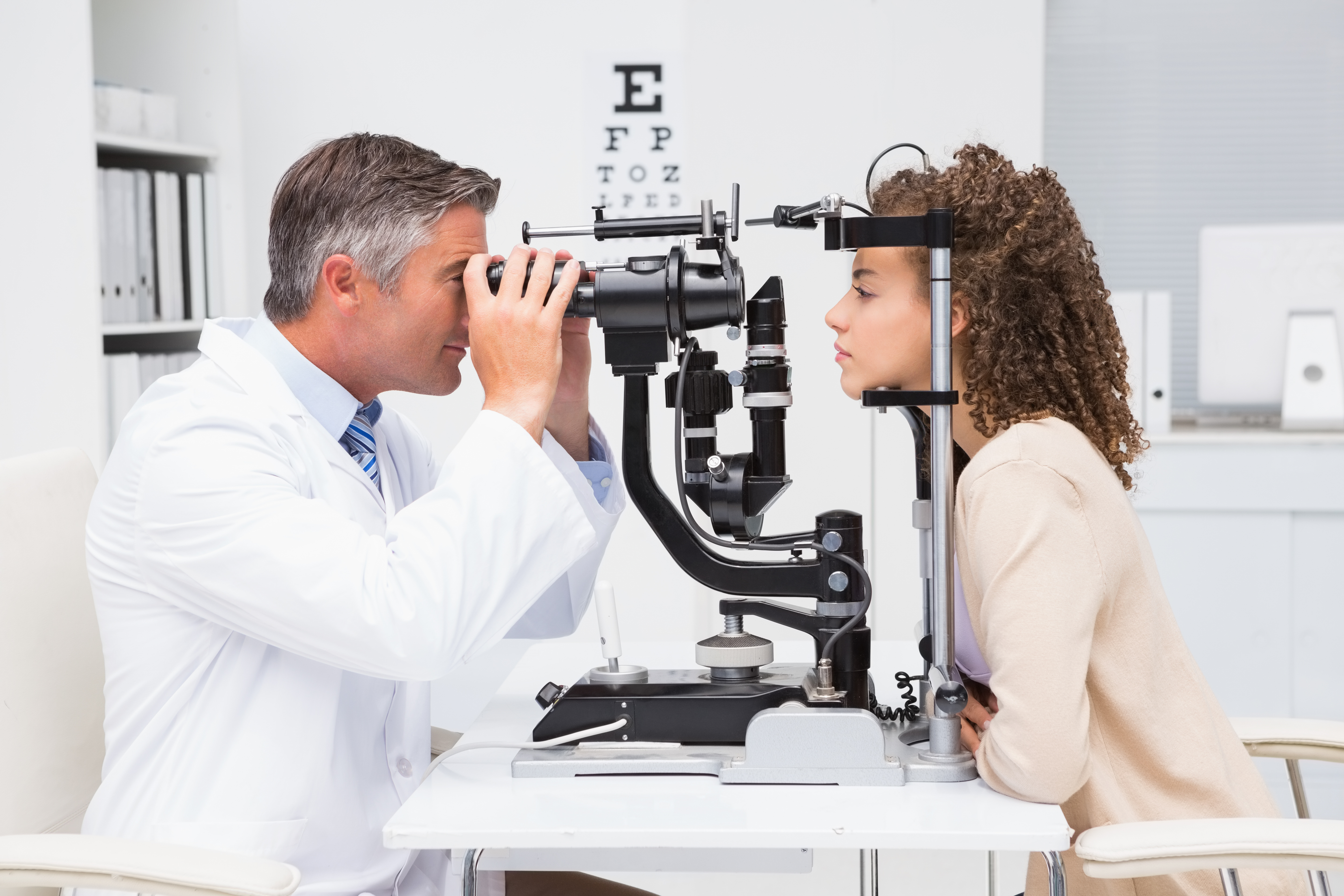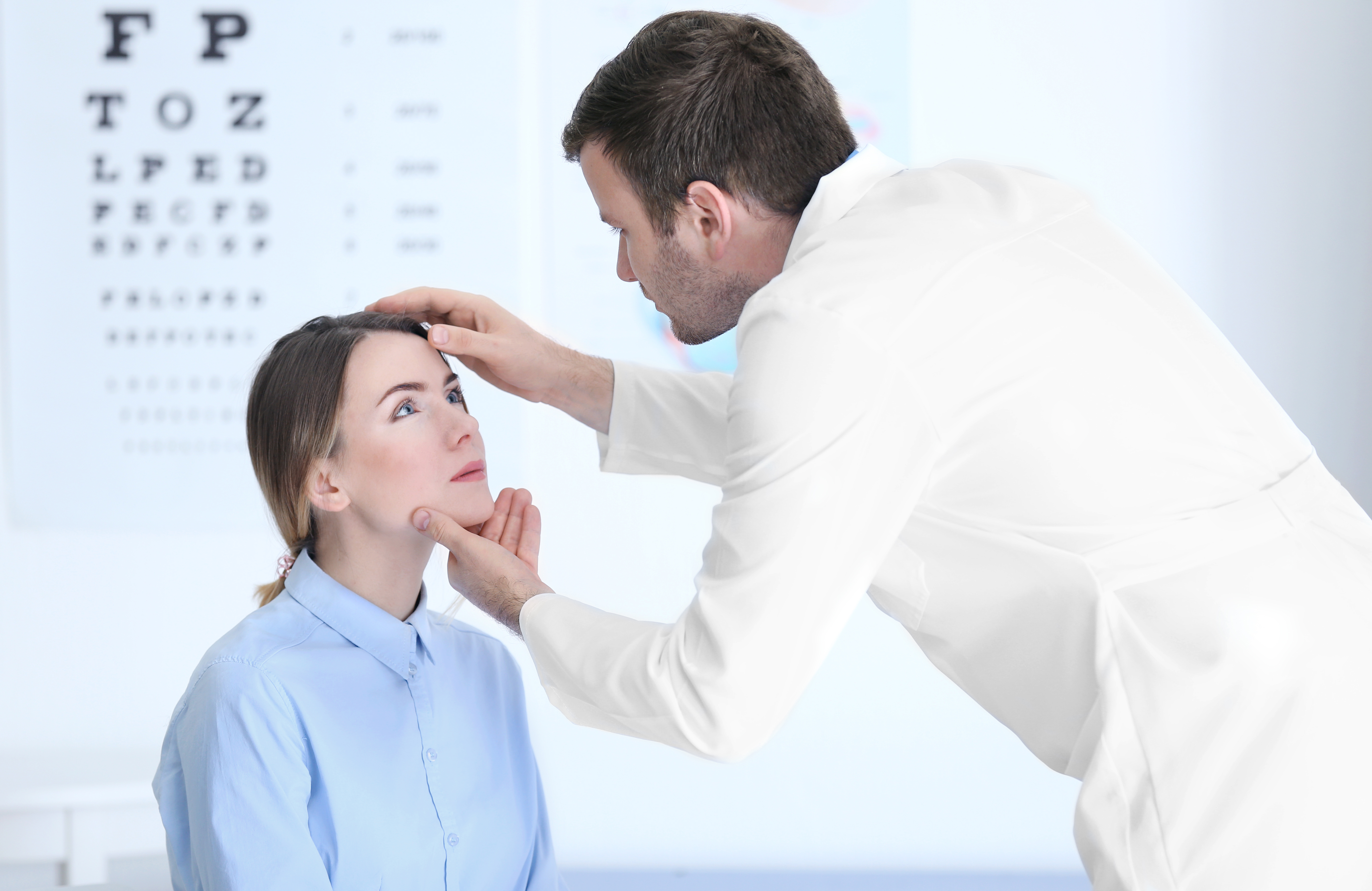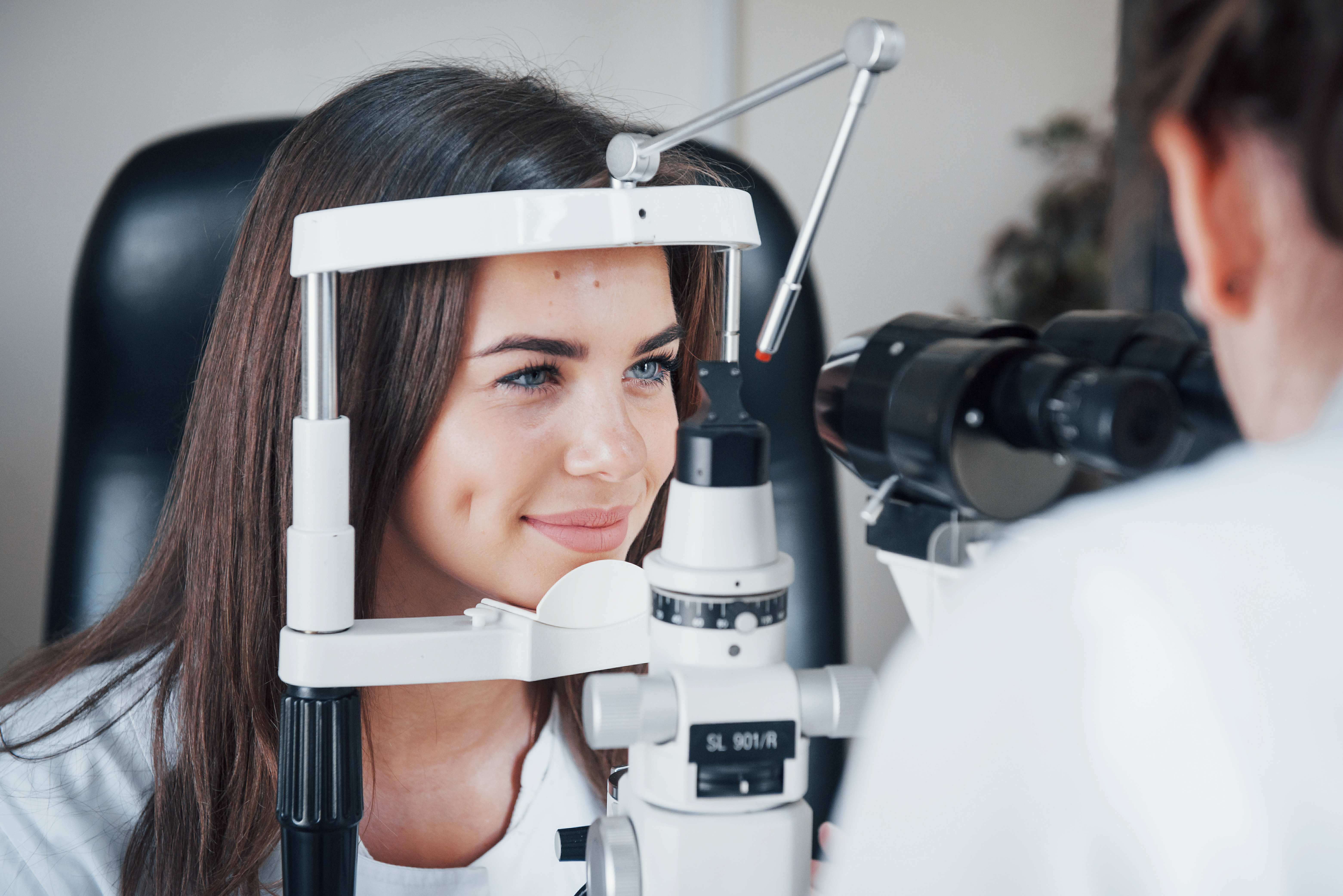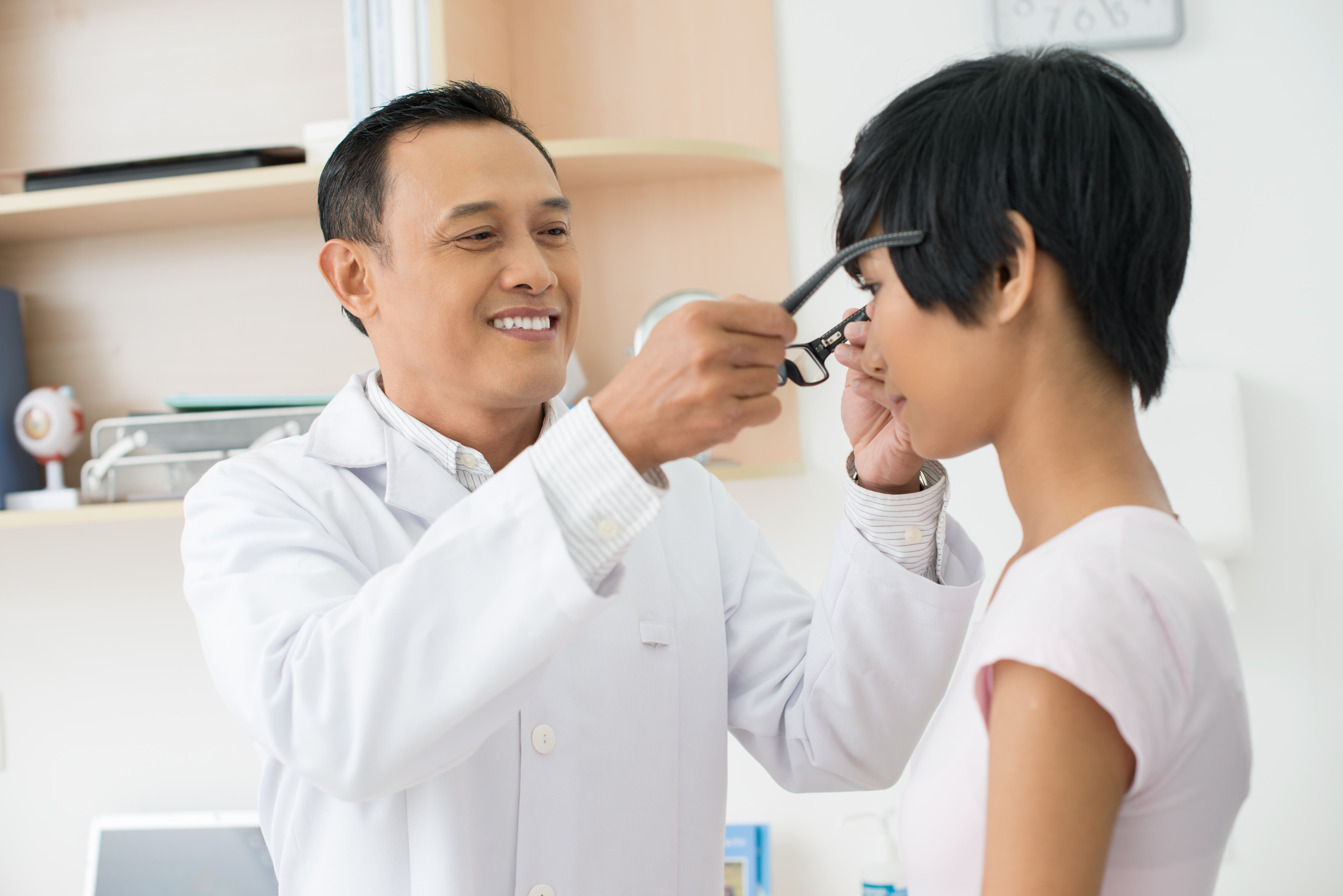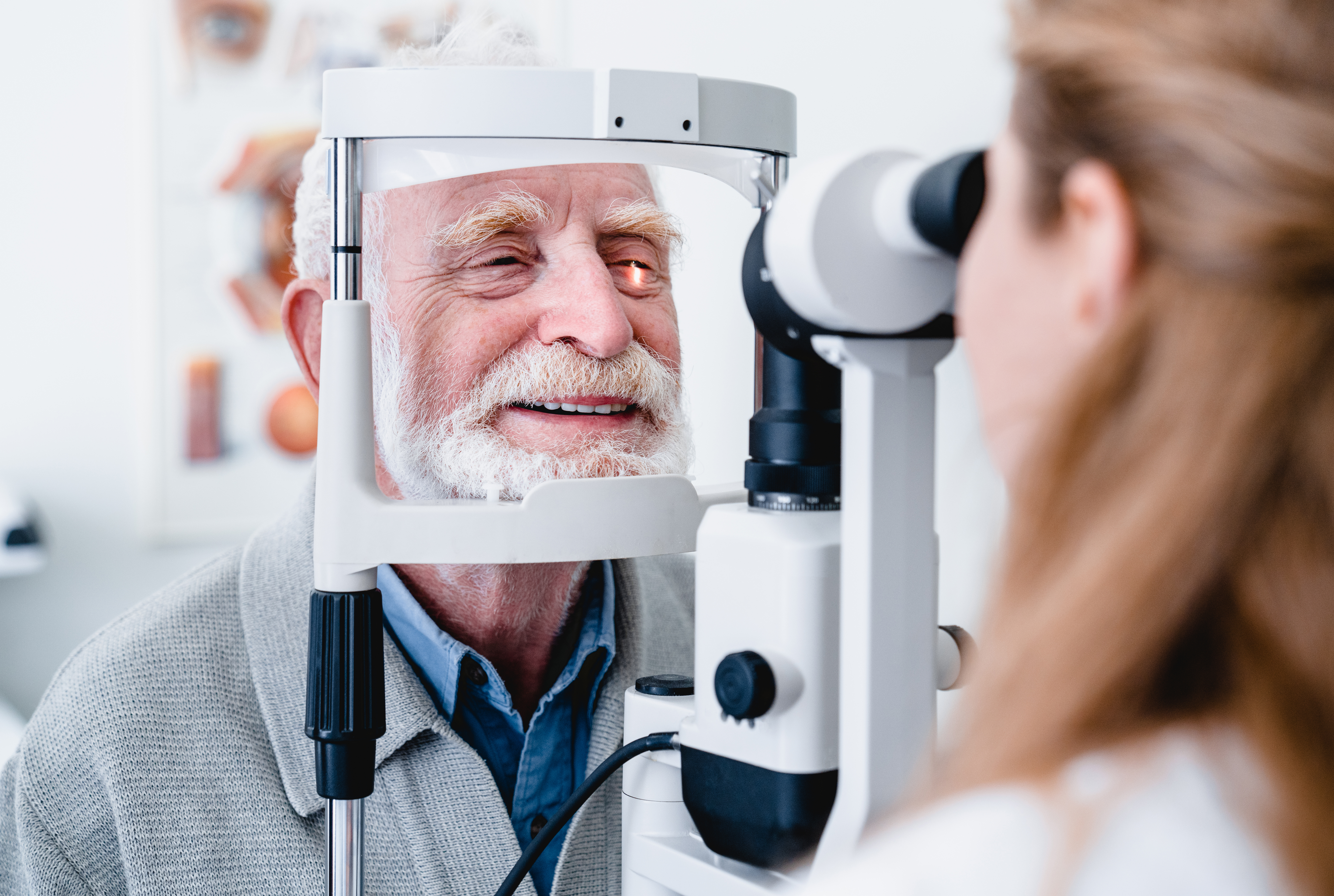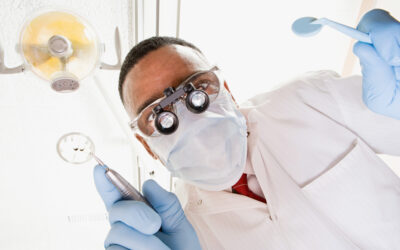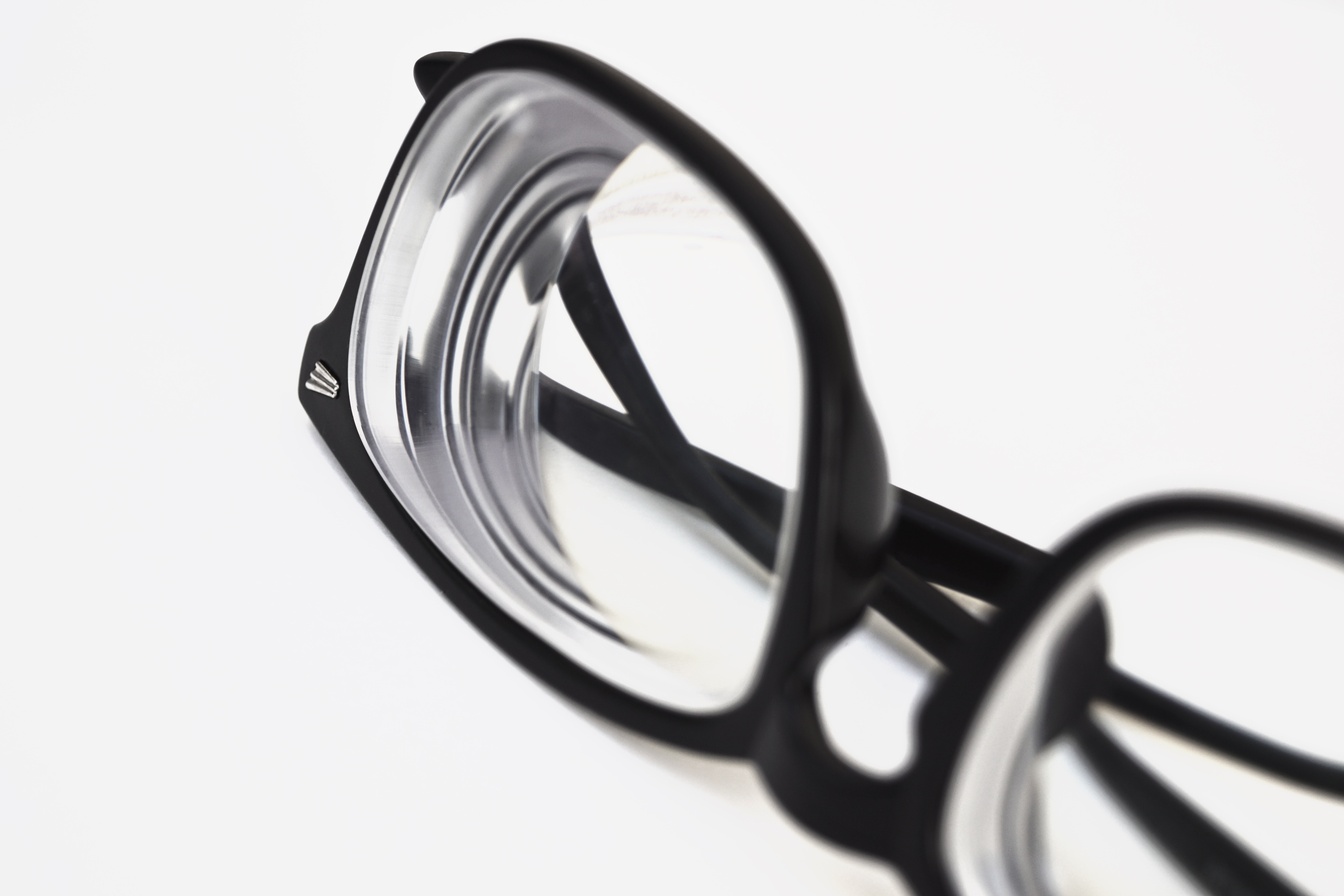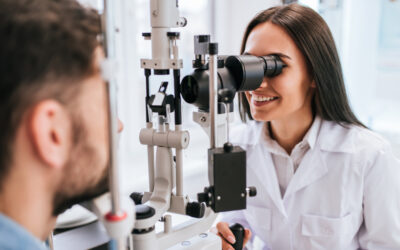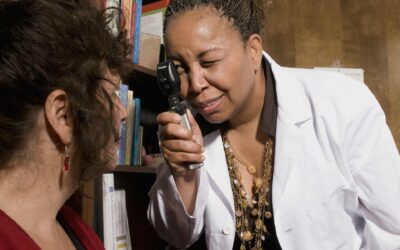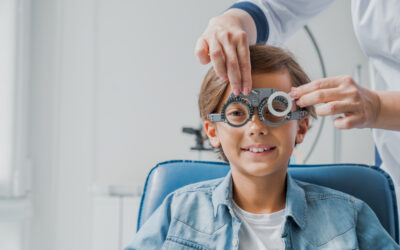Table of Contents
Children rely on their senses to explore, grow, and learn. From recognizing familiar faces to developing their memory, sight plays a crucial role in helping children interact with the world.
The Importance of Early and Regular Eye Exams for Children
The best thing parents can do to protect their child’s eye health is to schedule regular eye exams.
What Happens During a Pediatric Eye Exam?
An optometrist will use specialized equipment to look for refractive errors, including farsightedness or nearsightedness, a condition that could affect as many as 36% of children. They will also check young patients for common pediatric eye conditions, including lazy eye or amblyopia, cross-eye or strabismus, and convergence insufficiencies.
A thorough eye exam can also detect anomalies, congenital conditions, and malformations. Rarer conditions like corneal scratches or cataracts can be diagnosed.
Besides checking for eye health problems, a pediatric eye exam will establish a baseline for the child’s eye health. The optometrist can then refer to this initial exam to monitor vision changes over time.
During the exam, the optometrist will also discuss each child’s unique risks and make some recommendations to prevent eye health problems based on the patient’s family history or lifestyle. For instance, an optometrist can help develop healthy screen time guidelines to help a child get the most out of digital learning resources without endangering their eye health.
The Consequences of Undetected Eye Health Conditions
Untreated eye health conditions in children typically worsen with time. In some cases, an untreated refractive error can lead to the development of amblyopia.
Undiagnosed vision problems often have negative consequences for a child:
-
Symptoms such as headaches, blurry vision, and fatigue will persist.
-
Poor vision affects learning. Even if a child doesn’t read yet, untreated eye health issues can make it difficult to recognize shapes and patterns.
-
Vision problems make it difficult to focus at school. Some children become disengaged, meaning they’ll need to catch up later.
Why Regular Eye Exams Matter
Regular eye exams remain the best way to detect issues early. Many pediatric eye conditions don’t have symptoms in their early stages, and children often fail to recognize and describe these symptoms since vision changes typically happen slowly and might be difficult to notice.
Identifying, correcting, and managing eye health problems early improves outcomes and can prevent complications such as vision loss later in life. Parents who are proactive about their children’s eye health also create an ideal learning environment.
When Should You Take Your Child to the Eye Doctor for the First Time?
So, when should your child have their first eye exam? The American Optometric Association recommends that you schedule your child’s first exam at six months of age.
If there are no concerns, you can wait until your child starts preschool to schedule another exam. Your child should also have a comprehensive eye exam before starting first grade.
Unless your child needs glasses or is at risk of developing eye health problems, you can schedule subsequent exams every year. If your child complains of headaches or seems to struggle at school, schedule an exam sooner.
Be Proactive About Your Child’s Eye Health With VCD
The AOA recommends getting started at six months of age and scheduling an exam every year as long as your child doesn’t have any symptoms.
Keeping up with regular eye exams is crucial for the well-being and academic success of your child. It’s why Vision Care Direct of Oklahoma makes pediatric eye health exams and other services accessible with prepaid vision plans. Find out more about member resources and how VCD can help with the early detection and prevention of vision problems.



